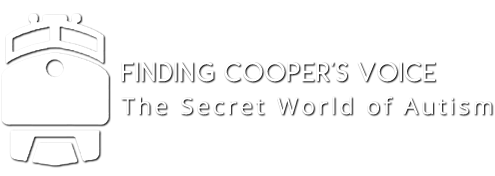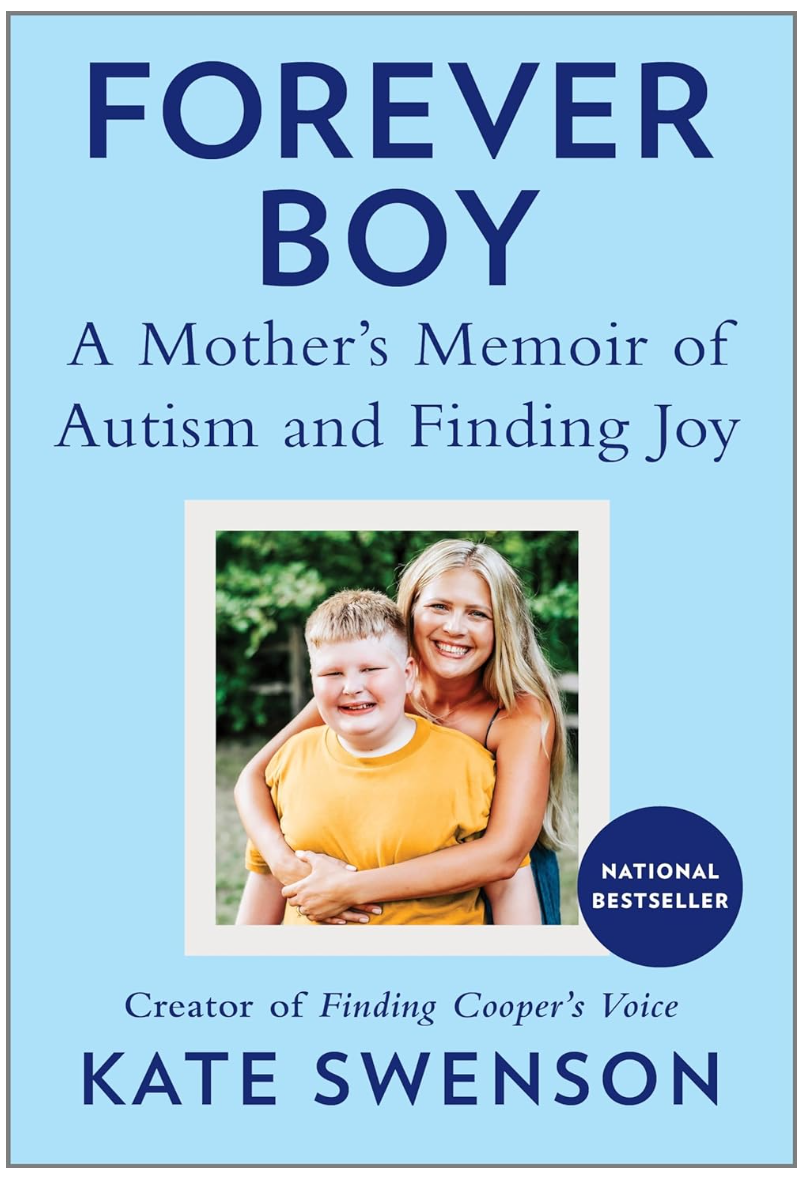Reduce Stress & Meltdowns with a Visual Schedule App
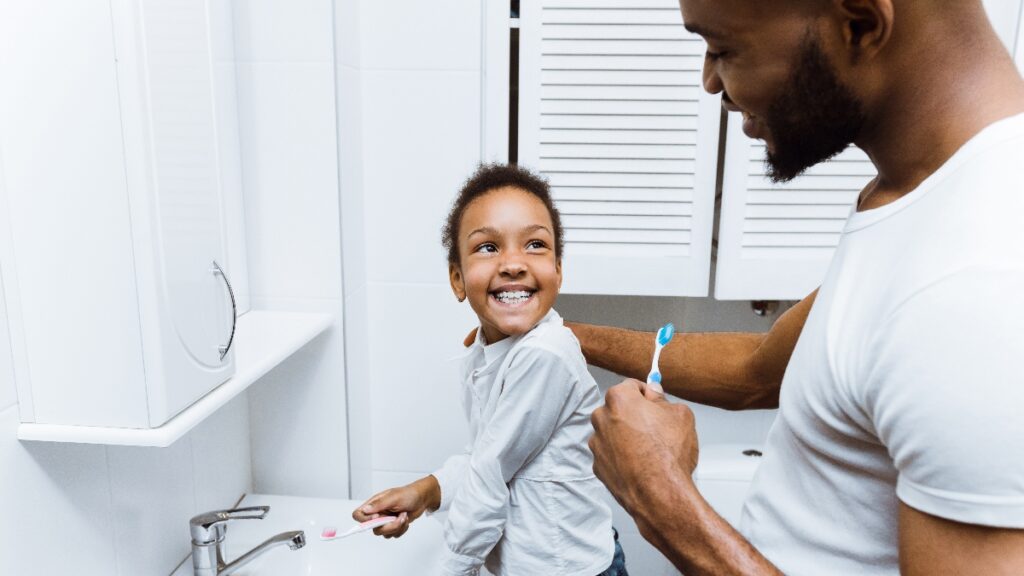
Do You Feel Like You’re Always Nagging Your Child?
So often I hear from parents, “I have to constantly nag or it won’t get done…” Keeping neurotypical kids on track is a struggle and truth is that it’s usually harder with special needs kids. But does it have to be so hard?
The answer is no. It doesn’t. There are so many tools out there, we’re just not using them with our kids.
You’ve probably seen visual schedules in the classroom and if your kiddo goes to therapy you’ve seen them there too. They don’t look impressive but they work and they don’t just work for kids.
Visual Schedules for Adults
Adults use visual schedules all the time, particularly desk workers. My life runs entirely on google calendar. All of my family birthdays are in my calendar, all of my work meetings are in my calendar, and friend events are in my calendar. You might think this is overkill but I’m one of those people who just doesn’t remember dates and times. To operate at a high level professionally and personally I need a visual schedule.
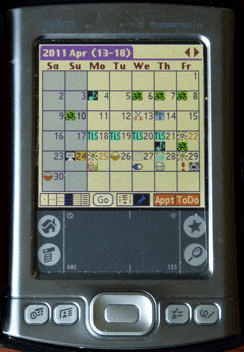
Visual Schedules for Kids
If visual schedules work so well for adults why don’t we use them at home?!? I had this epiphany when I saw that my sister was in a very typical argument with her daughter (my niece Ella) about cleaning her room. Afterwards I asked my sister what the issue was. Ella was having a hard time sequencing the task of cleaning her room and it was overwhelming to her. When it was time to clean her room she would shuffle things around for a couple of hours and claim she was done. The room was obviously not clean, her mother would tell her that, and a meltdown would ensue.
For Ella cleaning her room was a complex task that required numerous steps. She didn’t yet’ have the cognitive skills to break it down into steps. Nor could she identify that this was a problem for her. So…I gave her a visual schedule (in an app) like I would give an employee who’s new to a job.
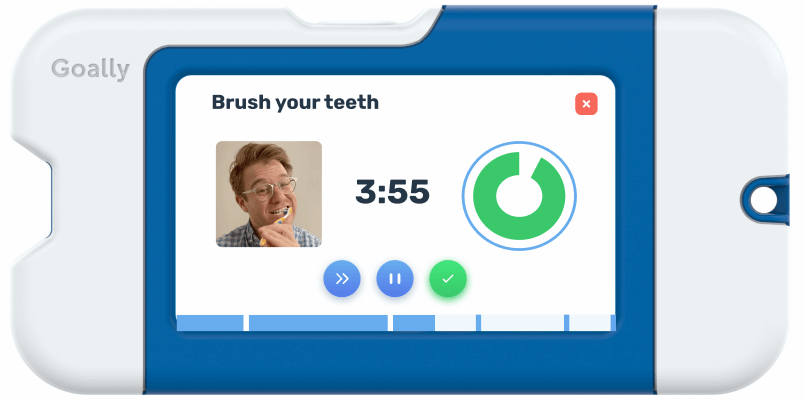
Visual Schedule for Cleaning Your Room
Step 1: Place all your dirty clothes in the hamper
Step 2: Hang your clean shirts
Step 3: Put clean pants, shorts, socks, and underwear into the dresser
Step 4: Make bed
Step 5: Put school supplies into their place
Step 6: Clean the floor
Step 7: Vacuum the floor
Step 8: See if anything else should be put away
Step 9: Show mom your clean room
With these 9 steps it takes Ella about 20 minutes to clean her room. There’s no more stress for Ella and no more arguments for mom. It’s easy and it gets done correctly each time.
Why Are Visual Schedule Apps so Good for Kids with Autism?
Kids with autism struggle with time concepts. Researchers have done experiments where they shine a light bulb for 10 seconds then ask kids how long the light was turned on. Kids with ASD were markedly off the mark with how long they thought the light shone. This can be easily fixed with visual representation of time like a sand timer. But the problem with sand timers is you can’t take them to school or the bathroom. That’s why visual schedule apps work so much better – they’re on a device kids enjoy using.
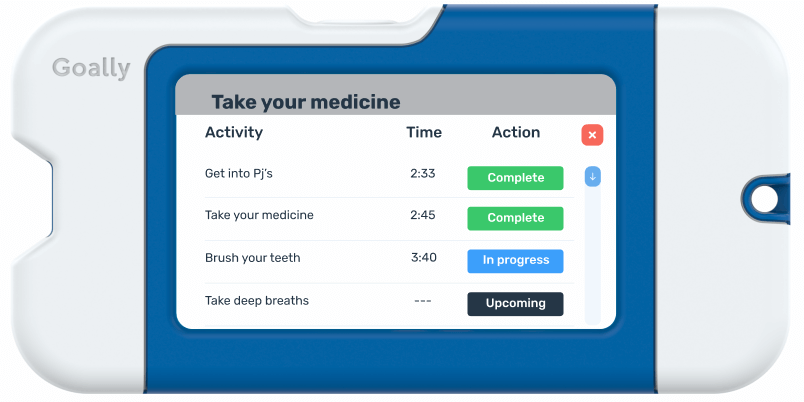
Why do most Visual Schedule Apps not work?
It’s not obvious right away but if you’re trying to teach a 6 year old how to dress themselves, putting an iPhone in front them isn’t the best idea. The devices are just too distracting for the visual schedule app to work. All those nifty features that we love on a smartphone like multi-tasking are completely counterproductive to staying on task.
That’s why Goally made a dedicated device for the visual schedule. The device has no calling, texting, web browser, or anything else that would distract someone. The device is like an old Palm Pilot but with a much prettier touch screen.
So don’t fall into the trap of getting an a cheap app that obviously won’t work for a child. Does your child respond to visual schedules? If so it’s reasonable to expect that they will respond to visual schedules on a screen.
Do I buy a Goally and I’m done?
No. Think back to when you first got connected to the internet and you discovered email. It probably took some time to learn how to use it. Goally is the same. You need to start slow and teach your child how to use assistive technology. If your kiddo thinks Goally is mom’s enforcement tool it won’t work. They need to see Goally as their partner, their personal assistant.
It also takes two to dance. To be successful parents also have to get in the habit of using the device. Want something done correctly? Create a visual schedule for it and tie it points. For your kids to take their schedules seriously so do you.
To learn more about Goally, click HERE.
Written by, Sasha Shtern of Goally
